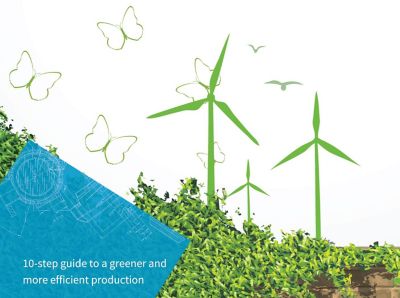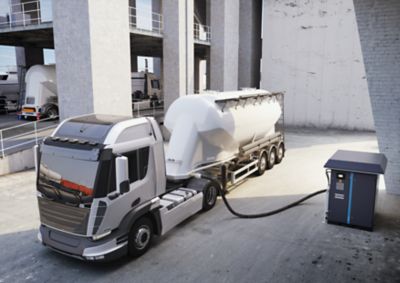10 dicembre 2020
What is an air receiver?
Estimated reading time: 5 minutes
An air receiver (also called a vessel or tank) is used to store compressed air before it enters a piping system or pneumatic equipment. It serves as a buffer between the compressor and the fluctuating pressure caused by changing demand.
Why do you need one?
Compressed air requirements can vary by factors such as process, time of day or shift pattern, or unusual demand. An air receiver provides storage to meet short-term peak air demands that the compressor cannot meet alone. An air receiver helps ensure a predictable supply of compressed air even when demand varies.
The importance of pressure
Sizing an air receiver
A good rule of thumb is to allow 3 to 4 gallons of tank volume for each CFM (or 10 to 15 liters for each liter/second) of compressed air. This may vary somewhat depending on the type of air compressor and application.
Watch this video to learn more about Air Receiver
Energy savings
Using an air receiver enables fixed speed (load/unload) compressors to operate on a longer cycle and with tighter pressure bands, reducing energy consumption. By operating the compressor for fewer but longer cycles, the life of the compressor is extended.
With Variable Speed Drive compressors
While a variable speed drive compressor matches air production to demand, at very low loads the compressor will stop running. That’s why a buffer is needed. An air receiver for a variable speed compressor can be sized smaller than for a fixed speed compressor.
Process safety
An air receiver can improve process safety by providing a supply of air that enables production processes and systems to be safely shutdown in an emergency.
Tank mounted or freestanding
Some smaller air compressors are tank mounted, with the compressor literally attached to top of an air receiver. Such a package minimizes the air system’s footprint, which is preferred where space is limited. Larger air compressors (> 35 hp or 26 kW) are not suitable for tank mounted option as they become top heavy and could pose a safety risk.
Draining
On air systems without an air dryer, moisture will collect inside an air receiver. This moisture must be drained regularly to prevent corrosion of the air receiver, clogged piping, damage to pneumatic equipment and damage to the quality of your product or process. An air receiver should be drained at least daily and more often if the compressor runs fully loaded throughout the day. A float drain, timer drain or electronic drain valve can do the task automatically.
Ask an air system professional about your best air receiver solution.

